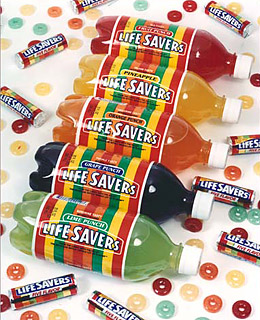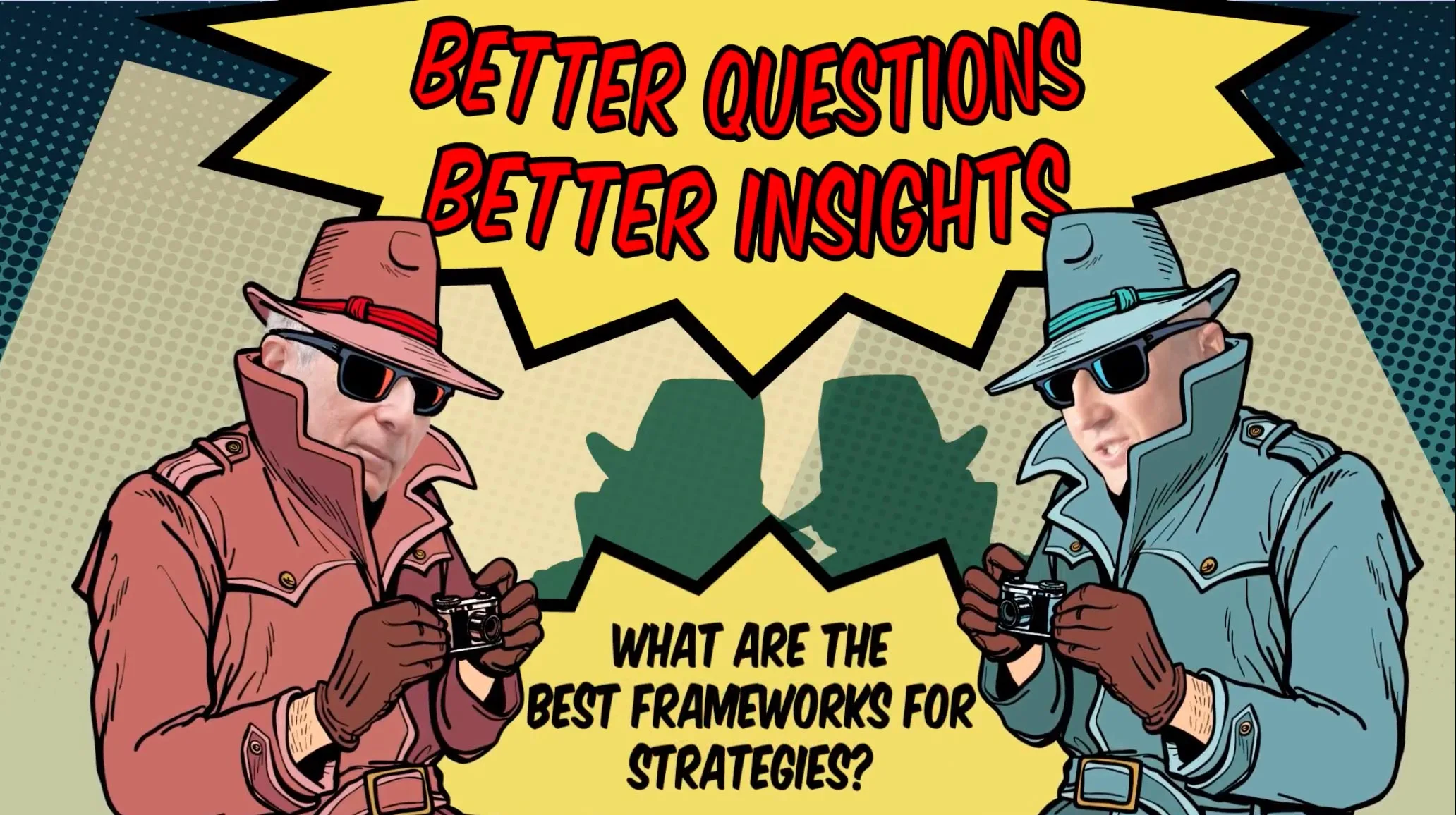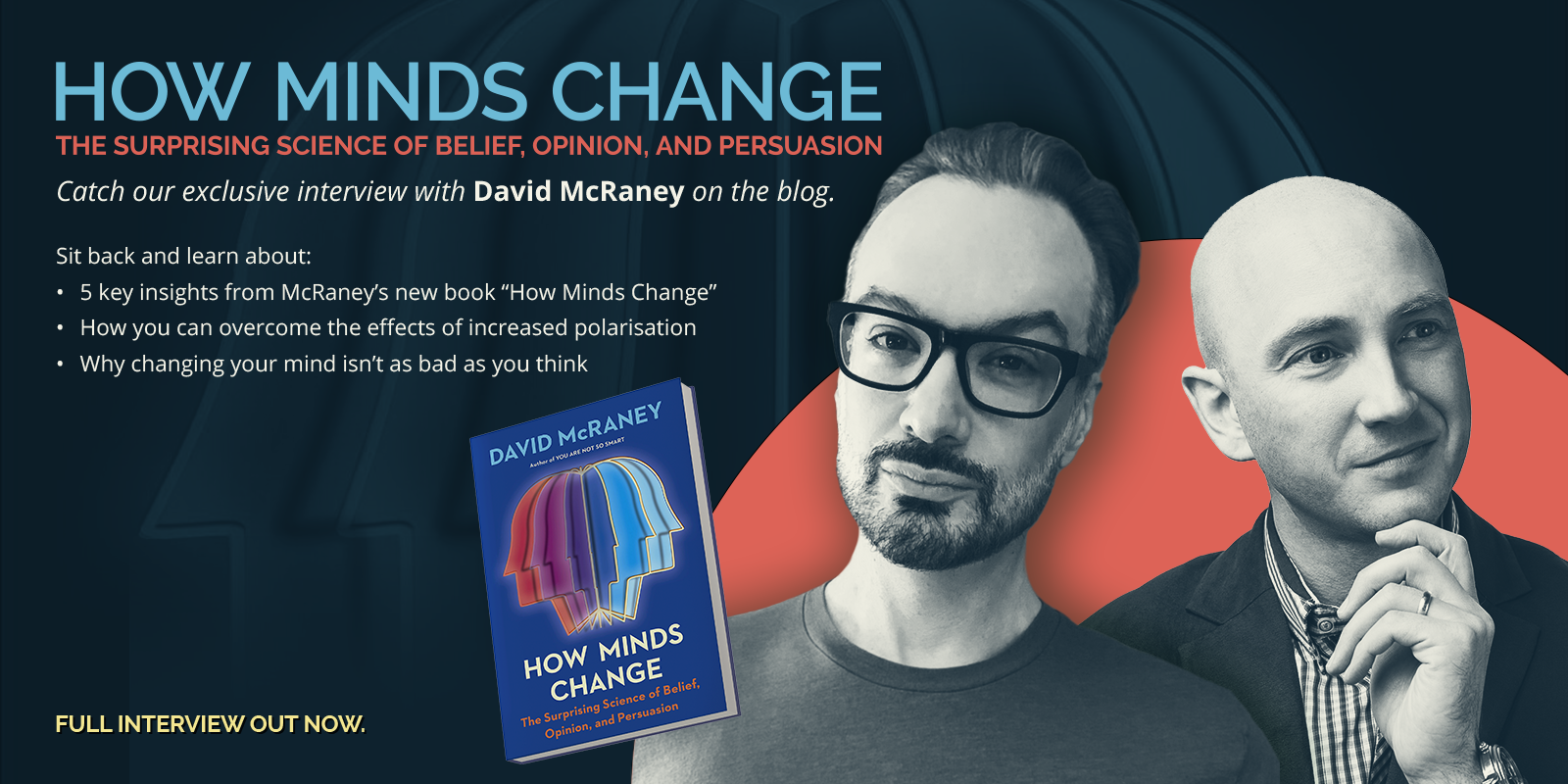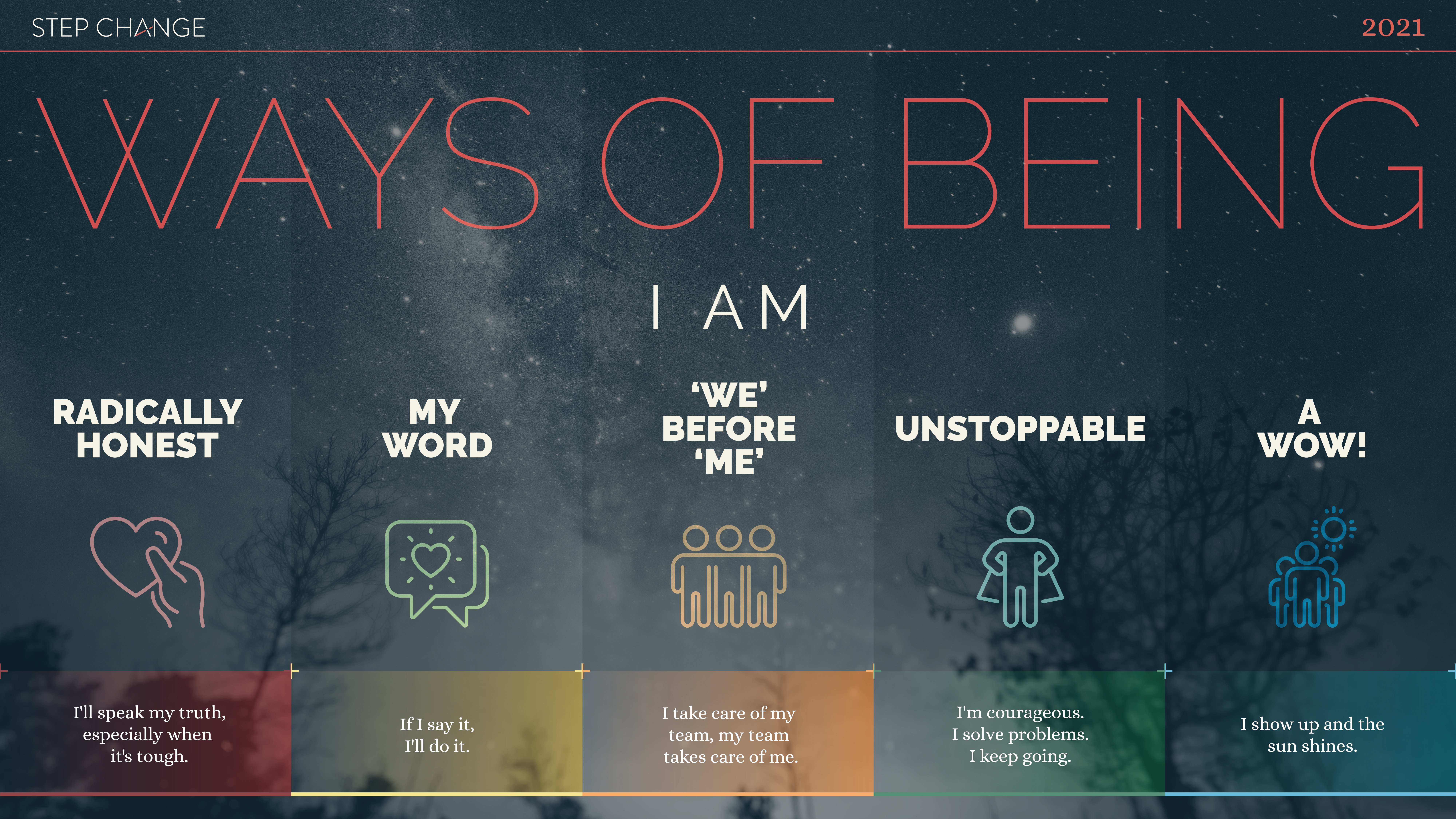In the race towards brand growth and relevance, leading FMCG businesses rely heavily on innovation. Those who rest on their laurels are finding themselves at the back of the pack. In this article, you will learn that with great innovation comes great marketing.
Insight: Businesses have forgotten the full business power of marketing. It’s not just used to acquire and retain customers — it needs to be leveraged to create new markets.
Data: 85% of new FMCG products fail in the marketplace. (Nielsen 2014)
Key Action Point: Put in as much focus and energy on marketing as you do in making new products.
What Makes an Innovative Product Successful?
With customer expectations on the rise, gone are the days when customers stick to one product for a long time. They would go as far as looking for newer products that will make their life easier and remove their pain points faster.
This is why companies are compelled to put forward innovative products in the market — so they can satisfy an unmet need, charge forward into unsaturated markets, and increase their revenue. In the area of fast-moving consumer goods, innovative products are constantly coming and going, and trends are continuously shifting.
Here are a few of the major traits of a good, innovative product.
Distinctiveness
Often, brands focus too much on being different. Coca-Cola and Pepsi aren’t very different from each other: they’re both cola drinks that are featured across the world. Coca-Cola and Pepsi aren’t trying to be different: they’re trying to be distinctive. They need customers to be able to identify their product.
Some people will prefer the enhanced sweetness of Pepsi; some will prefer the greater acidity of Coca-Cola. But either way, customers have to be able to easily find the product that they want.
Distinctiveness is a matter of branding and perception. When designing innovative FMCG, it’s critical that your goods be bold, stylish, and consistent.
Though an example of FMCE (Fast-Moving Consumer Electronics), we can’t help but mention Apple’s design aesthetics. They are always a cut above the rest — clean, minimal, and premium. At a glance, it’s almost always unmistakable: you can identify a Mac from another type of laptop and an iPhone from another type of smartphone.
Relevance
Relevance is the connection a product has to a customer, and it’s essential to modern brand strategy. Rather than trying to stand out from other products, brands should innovate by trying to reach directly to consumers.
Brands need to empathise and connect with their core consumer demographics, identifying their values and their lifestyles, and finding ways to become more relevant to them.
Alcohol is an excellent example of an industry that has had to change. The market is becoming more health-conscious and drinking less. This has led to a decrease in sales for general consumable beer products and wine.
On the other hand, it’s led to an increase in more health-related consumer products, such as tea. When the modern consumer is purchasing alcohol, they are often purchasing craft beers and rarer spirits.
Companies have moved to take advantage of this market by producing non-alcohol “alcoholic” drinks with a health-conscious focus. This is a product that is relevant to the modern consumer, as it is relevant to their current values and goals.
During the process of innovation, products need to be designed around a consumer’s lifestyle, what they want, and how they perceive themselves. The innovation process can begin by considering the customer’s point of view.
Endurance
Many innovative products are a flash in the pan. They sell well immediately but then begin to decline once the novelty has worn off.
The mark of a good product is that it’s able to maintain or increase its product sales within its second year, achieving at least 90% of its year one sales in year two. Otherwise, it’s considered a failed product.
The goal with an innovative product isn’t to remain on trend, but rather to become a new standard. When innovative products first enter into the market, they generate buzz and interest. But if they are able to persist in the market even after novelty has worn off, they can be said to be truly successful.
With Great Innovation Comes Great Marketing
To see how important marketing is to innovation, one must look to marketing failures.
McDonald’s Arch Deluxe
 The McDonald’s Arch Deluxe was an upscale burger aimed at more sophisticated palates, and by all measures, it could have been a success.
The McDonald’s Arch Deluxe was an upscale burger aimed at more sophisticated palates, and by all measures, it could have been a success.
Where McDonald’s misjudged is that its brand was already synonymous with fast, affordable food. No one who was in search of a sophisticated experience was interested in eating at a McDonald’s, and those who were already comfortable eating at a McDonald’s weren’t interested in an upscale experience. McDonald’s had grossly misjudged its own market. (Image grabbed from YouTube)
Life Savers
 Similarly, when Life Savers attempted to launch a brand of soda in the 1980s, it wasn’t a bad drink at all. In fact, those who tasted it enjoyed it. But because the brand was so known for its candy, people immediately assumed that they would be drinking a soda that tasted like candy. The idea itself was such a turn-off that no one purchased it. Again, the brand strayed away from its own identity and from what made it distinctive.
Similarly, when Life Savers attempted to launch a brand of soda in the 1980s, it wasn’t a bad drink at all. In fact, those who tasted it enjoyed it. But because the brand was so known for its candy, people immediately assumed that they would be drinking a soda that tasted like candy. The idea itself was such a turn-off that no one purchased it. Again, the brand strayed away from its own identity and from what made it distinctive.
These ideas were innovative, and it’s easy to see why a marketing company could see its appeal. But while being innovative, these ideas didn’t take into account the company’s own branding and marketing. (Image from TIME)
Designing a Marketing Strategy for Innovative FMCG Products
Brand expert Denise Lee Yohn discusses a few core aspects of a solid marketing strategy for innovative products:
- Identify unmet customer needs. Through the marketing discipline’s audience research, you can uncover potential customers and their unmet needs that you can satisfy without having to rely on assumptions.
- Understand the drivers of perceptions and behaviour. A marketing trend analysis is key to stay competitive. It shows you the current trends in consumer needs and behaviour, allowing you to anticipate them. It gives you insights on a certain product’s positioning in the customer’s mind. It shows you the cultural, social, and psychological elements that should be addressed in the development of and communication about an innovative product.
- Identify use cases, benefits, and implications. For customers to really appreciate your new product, they need to learn how to use it. It also pays a hundred fold to clearly state what’s in it for them (benefits and implications). Marketing can address this through research and A/B testing the message to know which one will resonate with consumers.
- Design your entire customer experience ecosystem. Using consumer insights and relevant data, build a single complete view of the customer and everything that affects their decisions and experience with your brand.
- Build a go-to-market strategy. A go-to-market (GTM) strategy forces you to shift your focus from the product to the customers.
Conclusion
Marketing plays a crucial role in developing and distributing a new product. In fact, the world’s most innovative businesses rely heavily on strategic marketing, integrating the function in the product development process.
Denise Lee Yohn drove the point home when she said in her Harvard Business Review article: “The bigger the innovation, the bigger the risk of failure. Because marketing can reduce those risks, it matters as much as innovation — perhaps even more.”
















